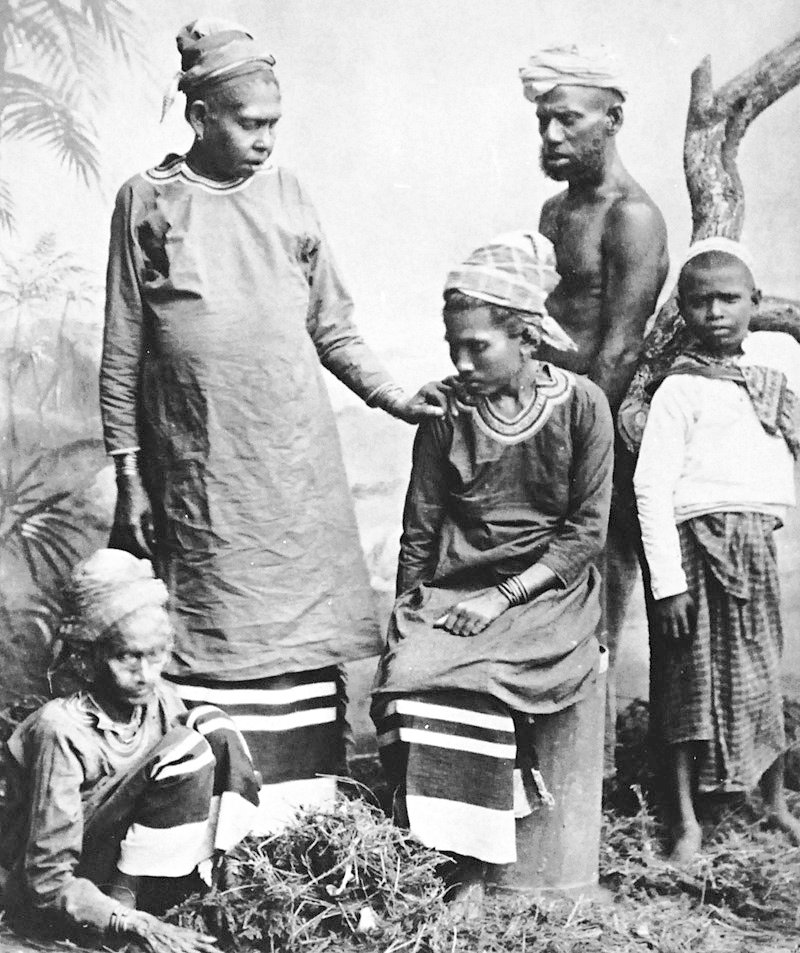
dhivehi raajje’ | maldives
The Maldives comprise of over 1,190 islands distributed across 26 naturally formed geographic atolls and divided into 20 administrative divisions (similar to states). Currently the 800,000 population of indigenous Maldivians alongside a large immigrant population live in 200 inhabited islands (local islands) and cities with an additional 156 and increasing private resort islands. The country is inhabited by a South Asian sub-ethnic group known as Dhivehi people or more commonly “Dhivehin” whereas the actual non-colonial name of the Maldives is known as “Dhivehi Rajje” “ (The land of Dhivehin)
Who are Dhivehin?
The indigenous Maldivians or Dhivehi people who speaks the dialects of the Indo-Aryan language Dhivehi has become its own unique sub-ethnic group over centuries of civilization. From genes, cultures and language borrowed from parts of East Africa, Middle East, South Asia, East Asia, English and Portuguese, the Maldivian people and culture is the end-result of a genetically and culturally diverse ethnicity.

Where did they come from?
The very first settlers of the Maldives can be recorded back to Year 3 B.C with tribes from South India moving to the Maldives assuming under self-exile to avoid the warfare and brutality against non-Hindu tribes during the Kalinga era. In addition to these tribes, a lot of inhabitants were results of shipwrecks, pirates and traders. Likewise, regionally Maldivians have very different physical characteristics, ranging from Indian, Sri Lankan, African, Persian and Indonesian features. Over time, a tribe known as the Diva people moved to the Maldives from India and formed Diva Mahal, a commonwealth of islands who ruled independently in isolated village townships. It is also said that visitors would often dub the Maldives as the land of beautiful women, as most men are out at sea. The highest-ranking person on the island is generally the mid-wife, who was the most respected for bringing life into the world.
When did the Maldives become a country?
In the early 12th century, there have been records of the first ever ruler of the Maldives who unified the then 27 atolls of the Maldives (including Minicoy now part of Lakshwadeep, India). He was Prince Adeetiyya or more commonly known as Koimala, a prince from presumably South India who sailed to the Maldives with his Sinhalese wife alongside ships of slaves and treasure. He initially made his first stop at Maalhosmadulu Uthuruburi [Raa Atoll], in the island Rasgatheemu, with his slaves settled in Angolhitheemu island. The names of the islands were also dubbed by the king as Rasgatheemu – King’s Island and Angolhitheemu-Slaves Island respectively. However, Koimala wished to move down-south to the Central Maldives sailing and reaching a sandbank with Fisherman on the Central East of Maldives. This sandbank governed by the people of Giraavaru, had shorelines covered in blood due to fishermen cutting fish; due to which, the sandbank was dubbed “Maa-ley” translating to “Mass Blood”.

Eventually, Koimala traded his gold with the people of Giraavaru and settled in Male’, planting the first Papaya Tree and moving people of nearby islands to Male’ and self-claiming as the Ruler of Twelve Hundred Islands Between Maliku (Minicoy) and Addu (Southernmost Atoll of Maldives). This history has multiple variations due to contradicting records and lack of evidence, however the facts that Koimala was from the North, his ships, his slaves and his purchase of Male’ are common facts. Due to the isolation of the Maldives, Koimala’s disappearance was unknown to many, yet for over 200 years there was no other successor to this throne until King Dhovemi in 1153 AD later known as Dharumavantha Rasgefaanu, the first Muslim king involved in the popular folklore of Rannamaari and how Maldives converted to Islam.

The Maldivian people are calm, peaceful and very hospitable people since way before tourism. With a rich history, a diverse culture and heritage older than the Aztecs, the Maldivian people are very proud of their unique stamp on the human race. With surviving centuries of colonial attempts to take over the Maldives, the history of warfare of Maldivians fighting for their freedom and becoming independent in 1965 was their true beginning as a country. Due to globalization, tourism and western influence, the Maldivian culture and society with centuries old practices and language is slowly becoming extinct and therefore, protecting and preserving culture of the Maldives is evident, considering climate change is also at the forefront.

Comments are closed